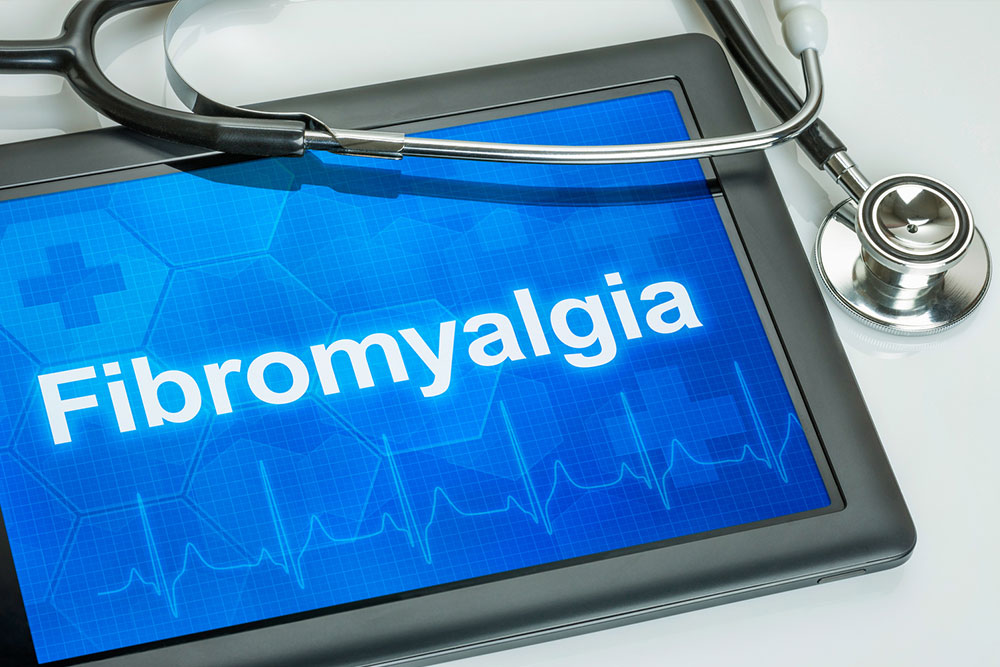Understanding Fibromyalgia Pain and Management Strategies
This article offers a comprehensive overview of fibromyalgia pain, including symptoms, triggers, types, and management strategies. It emphasizes lifestyle changes, dietary tips, and stress relief practices to help sufferers manage their condition effectively. Understanding the triggers and symptoms can assist in better coping and improving quality of life.

Understanding Fibromyalgia Pain and Management Strategies
Overview of Fibromyalgia Discomfort
Fibromyalgia is a chronic disorder characterized by widespread muscle, tendon, and joint pain, along with stiffness and tenderness. Symptoms vary among individuals, with triggers differing from person to person. While it can affect anyone, women tend to experience it more frequently. Continue reading to explore symptoms, types, and causes of fibromyalgia.
What Is a Fibromyalgia Flare-up?
Some individuals experience persistent burning sensations, while others have episodic symptoms.
Flare-ups are temporary periods where symptoms intensify and become more uncomfortable.
During flare-ups, pain levels and symptoms often worsen.
They can strike unexpectedly, often triggered by stress or physical pressure.
Flare-ups can last from several days to weeks.
Common Triggers for Fibromyalgia Flare-ups
Heat: Excessive heat is a common aggravator; cooler environments tend to relieve symptoms.
Colors: Certain visual stimuli or colors may trigger headaches and discomfort.
Emotional Stress: Negative news, bad days, or stress can lead to symptom intensification.
Weather Fluctuations: Sudden weather changes are known to worsen symptoms.
Overexertion: Physical or mental overexertion may provoke flare-ups.
Hormonal Shifts: Women often experience increased pain during specific menstrual phases.
Dietary Factors: Processed foods, sugary, fatty, gluten-rich diets, alcohol, and Chinese cuisine can trigger symptoms.
Sleep Disruption: Both insufficient and excessive sleep can aggravate pain and stiffness.
Types of Fibromyalgia Pain
Burning Sensation: Feels like skin on fire, similar to sunburn without sun exposure.
Chest and Ribs: Sudden, intense pain around the chest area, not alleviated by stretching or breathing.
Electric Shock Feelings: Tingling, pricking sensations akin to an electric shock.
Muscle Tension: Persistent tightness, especially in the neck.
Throbbing Pain: Deep, aching discomfort across joints and muscles.
Bruise-like Sensation: Painful touches that feel like bruising.
Stiffness: Whole-body stiffness, particularly after rest or waking.
Needle Pains: Sudden, sharp pains resembling needle pricks.
Cramping: Severe cramps hindering movement.
Bone Grinding or Cracking: Unusual noises or sensations in joints.
Allodynia: Excessive sensitivity to gentle touch or non-painful stimuli.
Itching and Tingling: Numbness and itching in hands and feet.
Widespread Discomfort: Generalized pain and stiffness in the body.
Neurological Sensations: Crawling, itching, or numbness sensations along nerves.
Headaches: Common, often stress-induced headaches.
Managing Fibromyalgia
Practice relaxation techniques to reduce stress.
Engage in gentle, regular exercise.
Identify and avoid personal triggers.
Create a supportive work environment.
Dedicate time to hobbies and leisure.
Maintain quality sleep routines.
Follow a nutritious and balanced diet.
Diet and Supplement Tips
Eat plenty of fruits, vegetables, and whole grains to bolster recovery and immunity.
Limit trans fats, processed oils, and hydrogenated fats.
Increase intake of omega-3 fatty acids.
Consume anti-inflammatory foods like ginger and turmeric.
Follow a daily antioxidant regimen.
Ensure adequate magnesium and calcium consumption to support nerve and muscle health.










